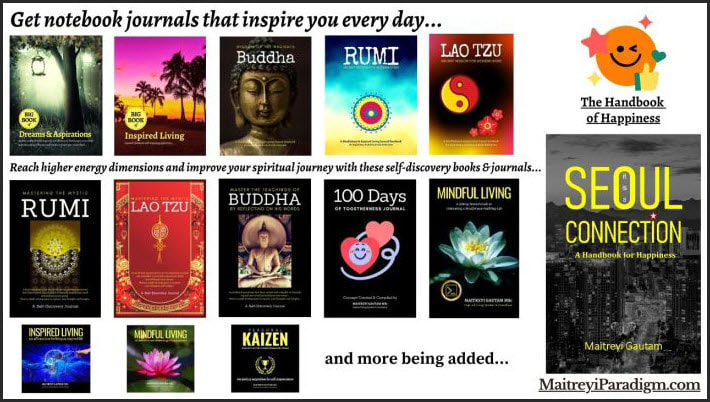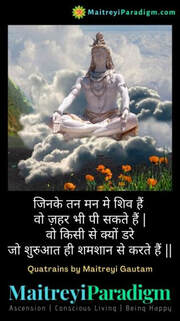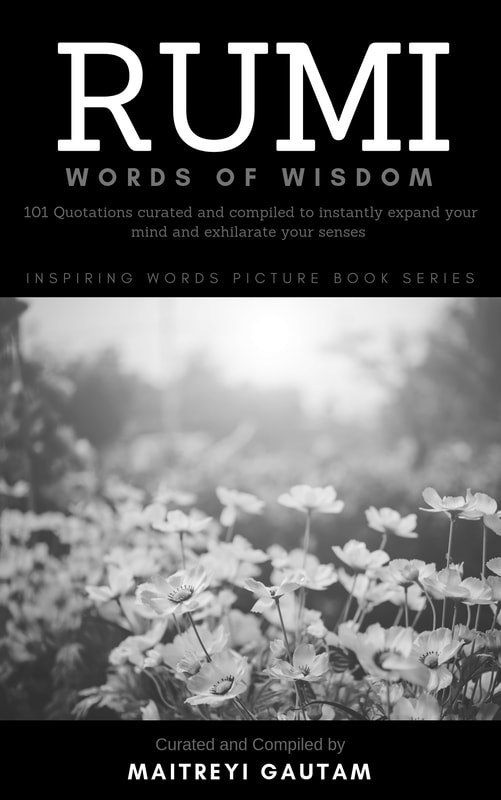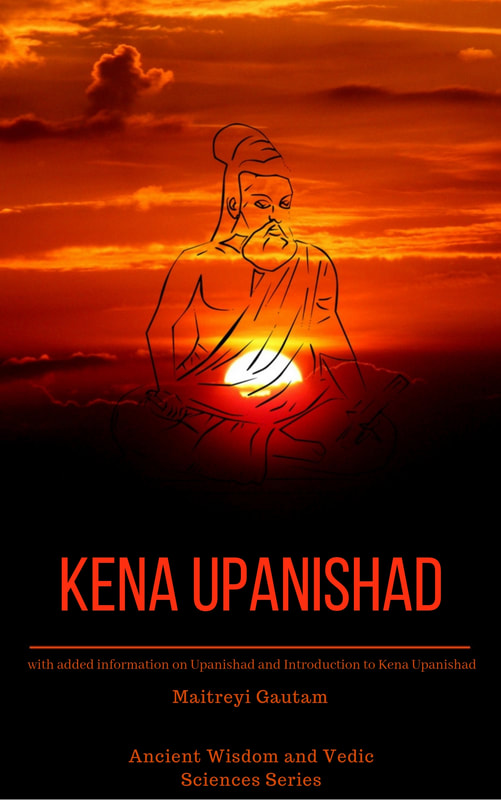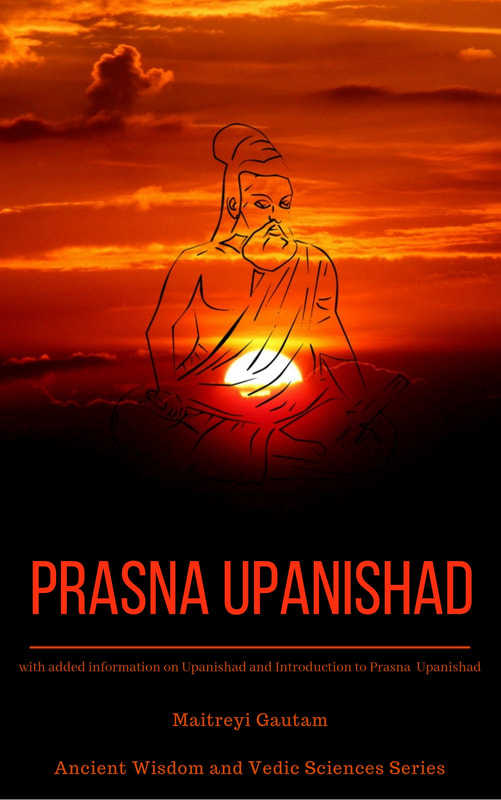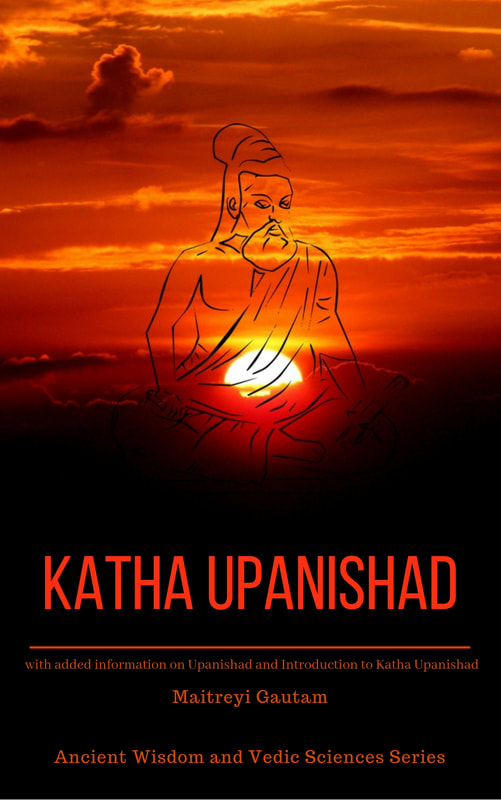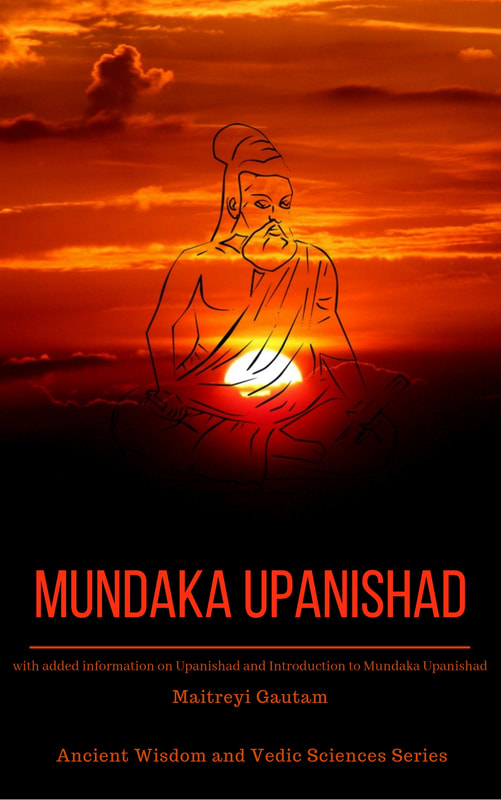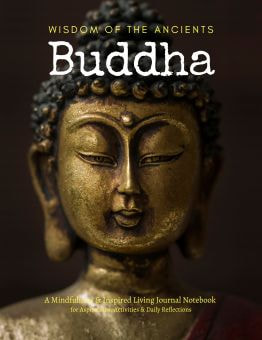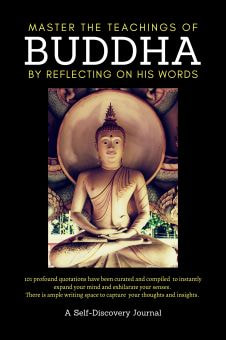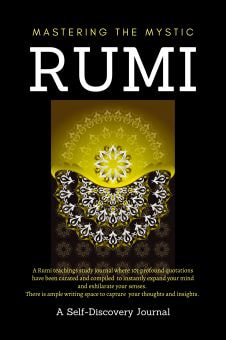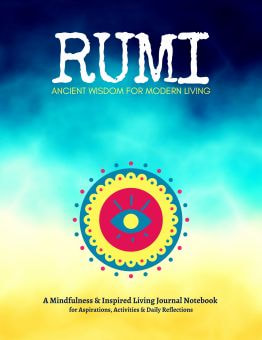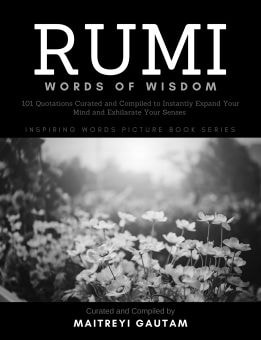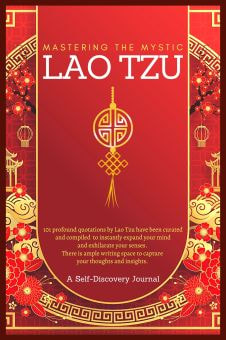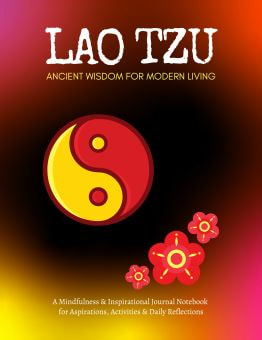Here is how the Chandan mala is typically utilized in Vedic practices:
- Worship of Lord Vishnu: Sandalwood, with its cooling properties, is associated with Lord Vishnu, the preserver of the universe. The Chandan mala is often used for chanting mantras dedicated to Lord Vishnu to seek his blessings for peace, prosperity, and protection.
- Meditation: The inherent calming properties of White Sandalwood make the Chandan mala an excellent tool for meditation. Those looking to achieve a peaceful and focused mind during their meditation sessions often prefer this mala.
- Chanting Mantras for Peace: Chandan mala is especially suitable for reciting mantras that aim to invoke peace, calmness, and tranquility. Its cooling nature aligns with the vibrations of peace-centric mantras, amplifying their effects.
- Worship of Healing Deities: Given the medicinal and healing properties of sandalwood, the Chandan mala can also be used in prayers and rituals dedicated to deities associated with healing and well-being.
- Worship of Goddess Lakshmi: Apart from Lord Vishnu, Chandan mala is also used in rituals and prayers dedicated to Goddess Lakshmi, the deity of wealth and prosperity. The aromatic nature of sandalwood is believed to please the goddess, invoking her blessings.
- General Spiritual Practices: The Chandan mala is versatile and can be used for various other spiritual practices, including morning prayers, recitation of scriptures, and other mantra japas. Its serene nature is believed to help elevate the spiritual experience.
The cooling and therapeutic properties of White Sandalwood are mirrored in the spiritual practices associated with the Chandan mala.
When used with reverence and purpose, a white sandalwood rosary is believed to enhance one's spiritual connectivity, bring about mental peace, and elevate the potency of the prayers. As with any sacred tool, it is beneficial to consult with knowledgeable individuals or spiritual guides within the Vedic tradition to understand its appropriate and effective use.

